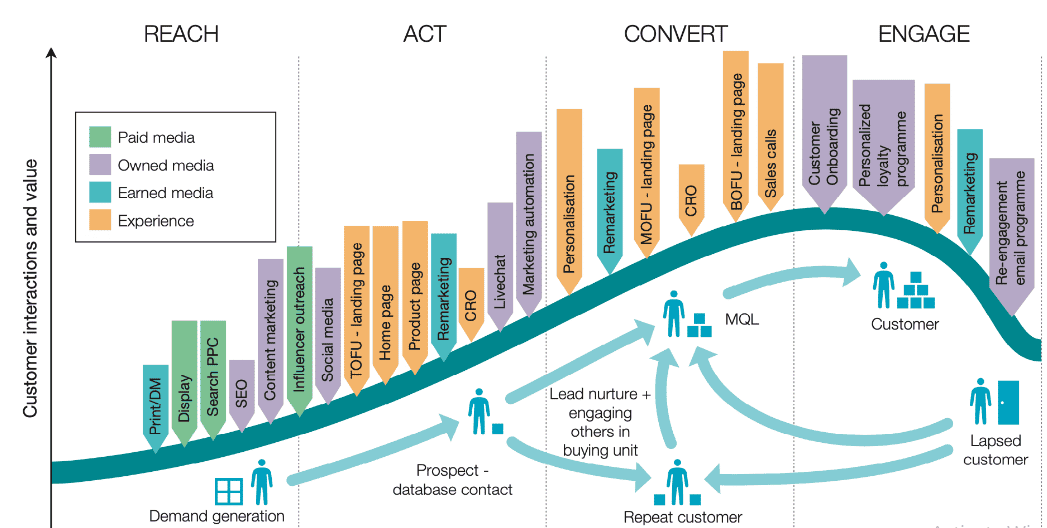The Key Components of a Successful Digital Marketing Strategy

In the modern digital age, it’s no longer enough for small businesses to simply have a website and hope that customers find it. To thrive in today’s competitive market, it’s essential to have a comprehensive digital marketing strategy that reaches customers where they are and connects with them in meaningful ways. In this article, we will examine the key components of a successful digital marketing strategy that small businesses should consider to drive growth and increase their online visibility.
1. Defining Your Target Audience
The first step in developing a successful digital marketing strategy is to understand who your target audience is. This includes factors such as age, gender, location, interests, and behaviors. Understanding your target audience will help you determine the best channels to reach them, the type of content they are most likely to engage with, and the types of products or services they are most likely to purchase.
2. Developing a Strong Website
Your website is often the first point of contact between your business and potential customers, so it’s crucial that it is both user-friendly and aesthetically pleasing. A strong website should be optimized for search engines, easy to navigate, and include all of the important information about your business, including products or services, contact information, and customer reviews.
3. Utilizing Search Engine Optimization (SEO)
Search engine optimization (SEO) is the process of optimizing your website so that it appears as high as possible in search engine results for relevant keywords. SEO involves using a combination of technical optimizations, such as keyword research, on-page optimization, and link building, to help your website rank higher in search results. A strong SEO strategy can help drive more traffic to your website, increase your online visibility, and improve your chances of ranking higher in search results.
4. Leveraging Social Media
Social media is a powerful tool for reaching and engaging with your target audience. By creating profiles on popular platforms such as Facebook, Twitter, Instagram, and LinkedIn, you can reach millions of potential customers and connect with them in real-time. Utilizing social media to promote your business, share content, and interact with customers can help you build brand awareness, increase customer engagement, and drive more traffic to your website.
5. Implementing Email Marketing
Email marketing is a cost-effective way to reach your target audience and promote your products or services. By collecting email addresses from customers and prospects, you can create targeted email campaigns that provide valuable information, promote your business, and encourage customer engagement.
6. Investing in Pay-Per-Click (PPC) Advertising
Pay-per-click (PPC) advertising allows you to place ads on search engine results pages and other websites, and only pay when someone clicks on your ad. This can be a highly effective way to reach your target audience, drive more traffic to your website, and increase conversions.
7. Measuring and Analyzing Results
Finally, it’s important to regularly measure and analyze the results of your digital marketing efforts. This includes tracking website traffic, conversion rates, and the success of your email and social media campaigns. By regularly reviewing and adjusting your digital marketing strategy, you can ensure that you are effectively reaching your target audience and driving growth for your business.
In conclusion, a successful digital marketing strategy is essential for small business success in today’s competitive market. By defining your target audience, developing a strong website, leveraging the power of SEO, utilizing social media, implementing email marketing, investing in PPC advertising, and regularly measuring and analyzing your results, you can increase your online visibility.

